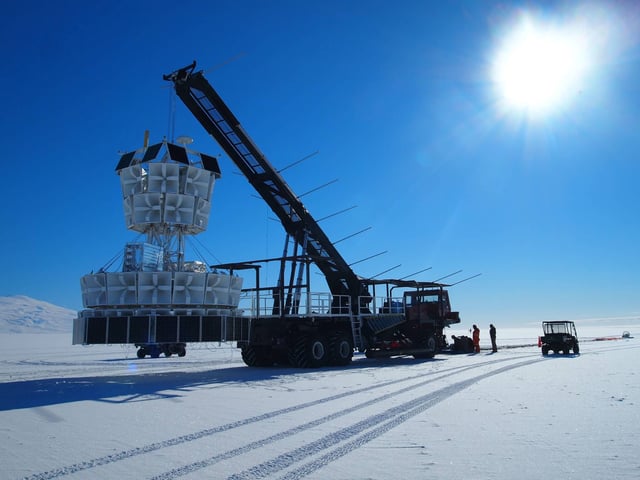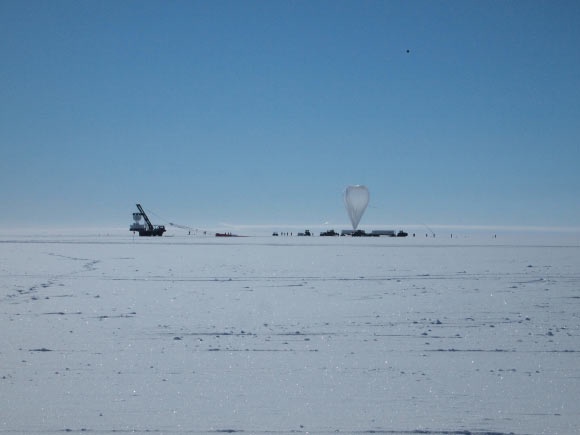Overview
- ANITA logged radio pulses at about 30° below the horizon, indicating they originated from beneath the ice rather than reflecting off it.
- Calculations show the signals would have traversed thousands of kilometers of rock, which should have absorbed any radio emissions and prevented detection.
- No matching events were observed by IceCube or the Pierre Auger Observatory, ruling out known neutrino or cosmic-ray sources.
- Standard neutrino models fail to account for these upward-going pulses, prompting consideration of potential new particles or unknown physics phenomena.
- PUEO’s enhanced balloon-borne antennas are being developed to provide greater sensitivity for probing these persistent anomalies.


